Streamlining
Library Services
What We Do,
How Much Time It Takes,
What It Costs,
How We Can Do It Better.
Richard M. Dougherty

SCARECROW PRESS, INC.
Published in the United States of America
by Scarecrow Press, Inc.
A wholly owned subsidiary of
The Rowman & Littlefield Publishing Group, Inc.
4501 Forbes Boulevard, Suite 200, Lanham, Maryland 20706
www.scarecrowpress.com
Estover Road
Plymouth PL6 7PY
United Kingdom
Copyright 2008 by Richard M. Dougherty
All rights reserved. No part of this publication may be reproduced, stored in a retrieval system, or transmitted in any form or by any means, electronic, mechanical, photocopying, recording, or otherwise, without the prior permission of the publisher.
British Library Cataloguing in Publication Information Available
Library of Congress Cataloging-in-Publication Data
Dougherty, Richard M.
Streamlining library services : what we do, how much time it takes, what it costs, and how we can do it better / Richard M. Dougherty.
p. cm.
Rev. ed. of: Scientific management of library operations. 2nd ed. 1982.
Includes bibliographical references and index.
ISBN-13: 978-0-8108-5198-6 (pbk. : alk. paper)
ISBN-10: 0-8108-5198-9 (pbk. : alk. paper)
1. Library administration. I. Dougherty, Richard M. Scientific management of library operations. II. Title.
Z678.D6 2008
 The paper used in this publication meets the minimum requirements of American National Standard for Information SciencesPermanence of Paper for Printed Library Materials, ANSI/NISO Z39.48-1992.
The paper used in this publication meets the minimum requirements of American National Standard for Information SciencesPermanence of Paper for Printed Library Materials, ANSI/NISO Z39.48-1992.
Manufactured in the United States of America.
Contents
Figures
Preamble
Recent years have been characterized by enormous tumult in our society9/11, the war on terrorism, the threat of global warming, escalating health care costs, and the energy crunch have impacted all facets of our society. In the world of technology, the spectacular rise and equally spectacular fall of the dot.coms also symbolize the turbulence of recent years.
Until Google announced that it intended to digitize millions of volumes at a group of university libraries, it was safe to say that change in libraries hadnt grabbed many headlines, but that doesnt mean that changes in libraries havent been dramatic. The explosive growth in the number and power of search engines coupled with the proliferation of full-text databases and networks illustrate the constant change with which libraries must now routinely deal.
Library administrators have been faced with many difficult and painful choices in recent years as budgets have remained persistently tight, and society and governments demand greater accountability among social institutions such as libraries. And even when and if the budget pendulum swings back, there will never be enough money. One way to free up staff time and dollar resources is to streamline processes and procedures, or better yet, get rid of existing operations that are redundant or unnecessary. I was particularly taken with a recent comment attributed to a Hewlett Packard official who observed: If a thing is not worth doing, it is not worth doing well.
While the demands for greater accountability and the lack of funds are strong incentives for finding ways to save time and money, there is also another compelling reason: the constant stream of new technological tools and the organizational changes these new tools spark that currently overwhelm so many library staff members. It seems like only yesterday that reference librarians were working with giant database vendors such as BRS and ORBIT, but today those companies are only a memory as staff routinely exploit full-text Web resources, and struggle to keep up with new advances in software and hardware. Was there ever a better time to step back and examine what staff are doing, and explore ways to improve operational efficiency and effectiveness in order to improve library services? Even a cursory examination is likely to reveal operations, and even policies, that are no longer valid or necessary. In a nutshell, saving the time and conserving the energy of busy library staff so that their attention can be focused on priority services and activities is what this new edition of Scientific Management of Library Operations (SMLO), now entitled Streamlining Library Services (SLS) is all about.
Note
. Carol J. Loomis, Why Carlys Big Bet Is Failing, Fortune 151, no. 3 (February 7, 2005): 55. The article was referring to part of HPs hardware operations. The hardware operations were barely making a profit. This raised the question of whether or not HP should continue that part of their business, or if they should spin it off.
Preface
Ive learned over the years that very few librarians have traditionally placed a high priority on process analysis or in increasing the efficiency of operations. That does not mean that individual library staffs dont apply good old-fashioned common sense and adopt shortcuts to achieve efficiencies whenever possible. But librarianship is a service profession, not a bottom-line oriented business, and as such, librarians dont normally assign a high priority to efficiency of operations. The underlying theme of this book is that opportunities to improve daily jobs and enhance services are being overlooked every day.
While attitudes toward work simplification havent changed a great deal since the second edition of this book appeared in 1982, the work environment has changed dramatically. In fact, it has been transformed. Advances in technology now drive change at a rapid pace, and keeping up is both expensive and time consuming. Tight budgets have made keeping up with technology especially difficult. And while some activities in libraries such as in-person ready reference and circulation of books and journals have declined, many libraries continue to report increases in the demand for services and resources. The rapid transformation from paper to digital documents is also driving changes in libraries. And who is to say what lies ahead? What developments will be the new drivers of change? We only know that the tide of change is not likely to recede any time soon.
I dont believe Im overstating the situation when I say that the work environment has become very stressful. Many staff workers have mentioned to me that they feel almost overwhelmed by the unrelenting pace of change in all aspects of library operations. How many times does one hear plaints such as How can I keep doing more and more with less and less? The stress is getting to me!
Today the incentive for examining and streamlining library workflows and the processes and procedures that comprise them should be compelling, but that doesnt seem to be the case for many librarians. I remain convinced, however, that the streamlining of workflows will reduce stress in the workplace by eliminating unnecessary work and freeing human and dollar resources so that they can be used to improve library services. Yes, to my mind, analysis and streamlining of workflows make a great deal of sense.
Purpose of the Book
My objective in preparing this thoroughly revised edition is to present library managers and staff with the tools necessary to analyze and streamline library services. There are no magic bullets, but there are a variety of tools and techniques that can be applied to improve library operations. My purpose is to assist library staff in their efforts to identify what work is done, how much time it takes, and what it costs. I also want to provide information that can be used to analyze and interpret data, streamline library processes, and where appropriate, help to free dollar resources to initiate or enhance services that merit higher priority. Finally I offer tips on how to implement new activities and services, and how to manage the resultant organizational changes.



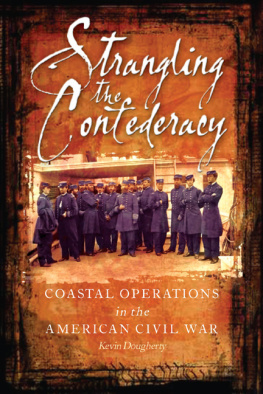



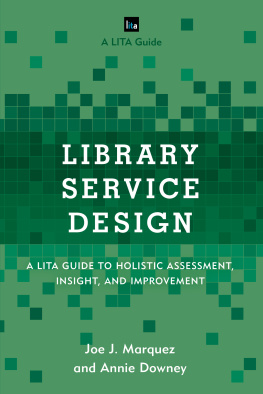

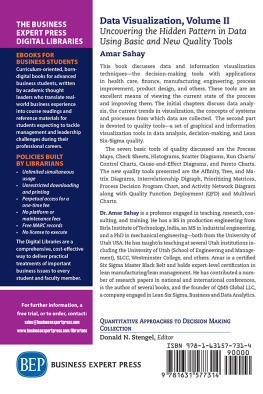
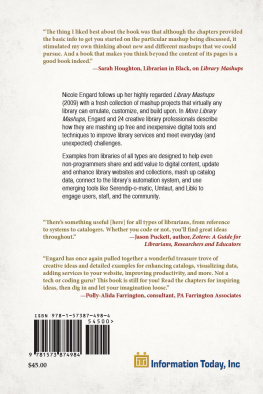
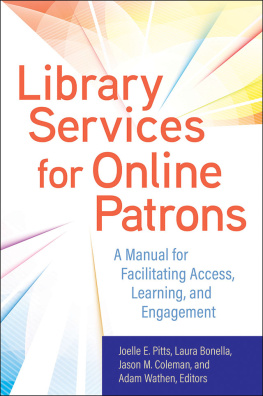
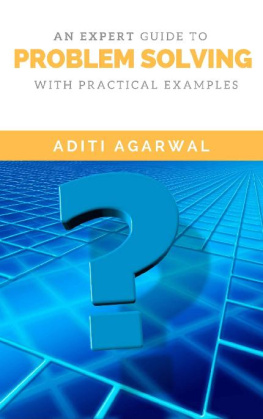

 The paper used in this publication meets the minimum requirements of American National Standard for Information SciencesPermanence of Paper for Printed Library Materials, ANSI/NISO Z39.48-1992.
The paper used in this publication meets the minimum requirements of American National Standard for Information SciencesPermanence of Paper for Printed Library Materials, ANSI/NISO Z39.48-1992.